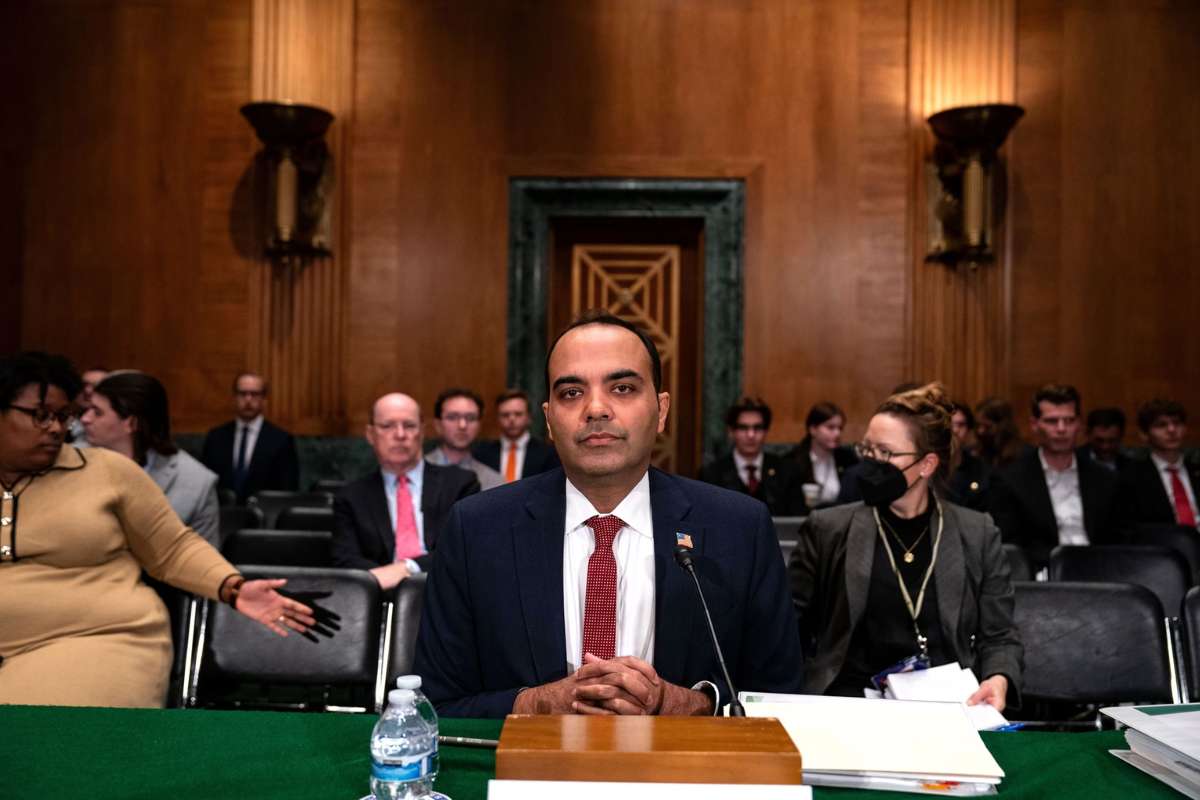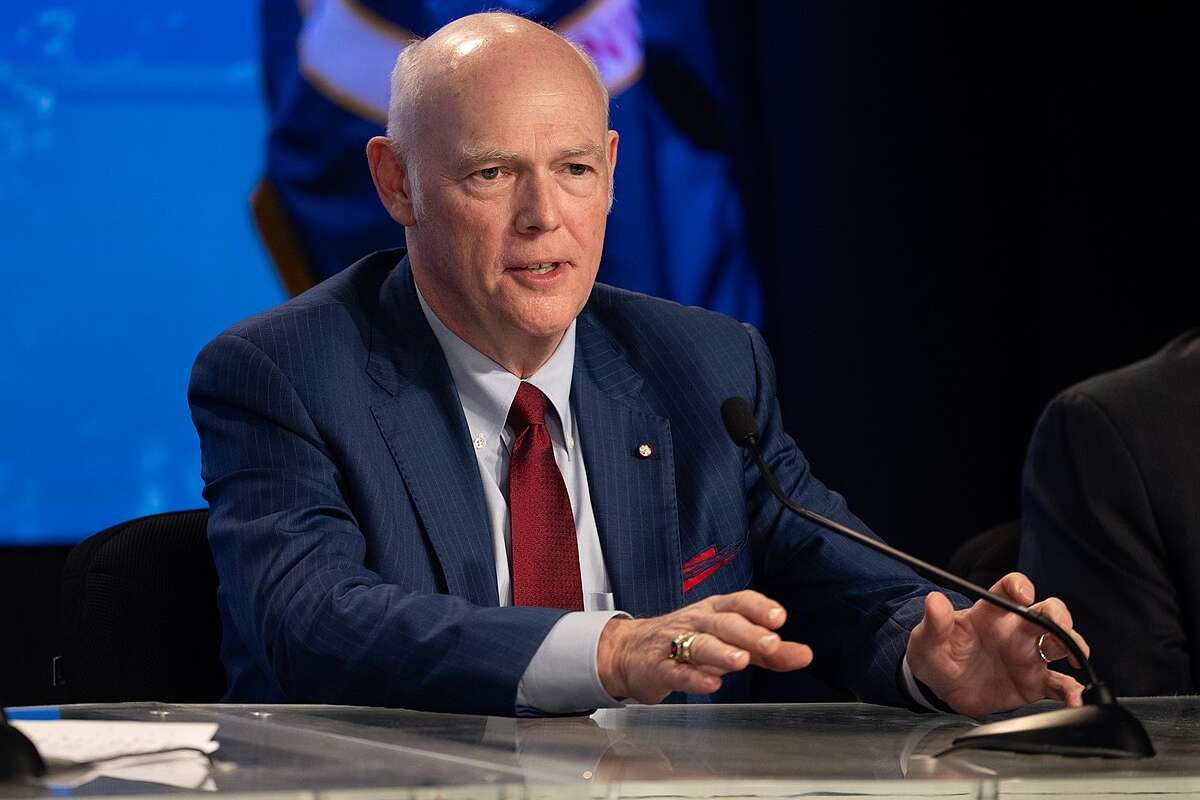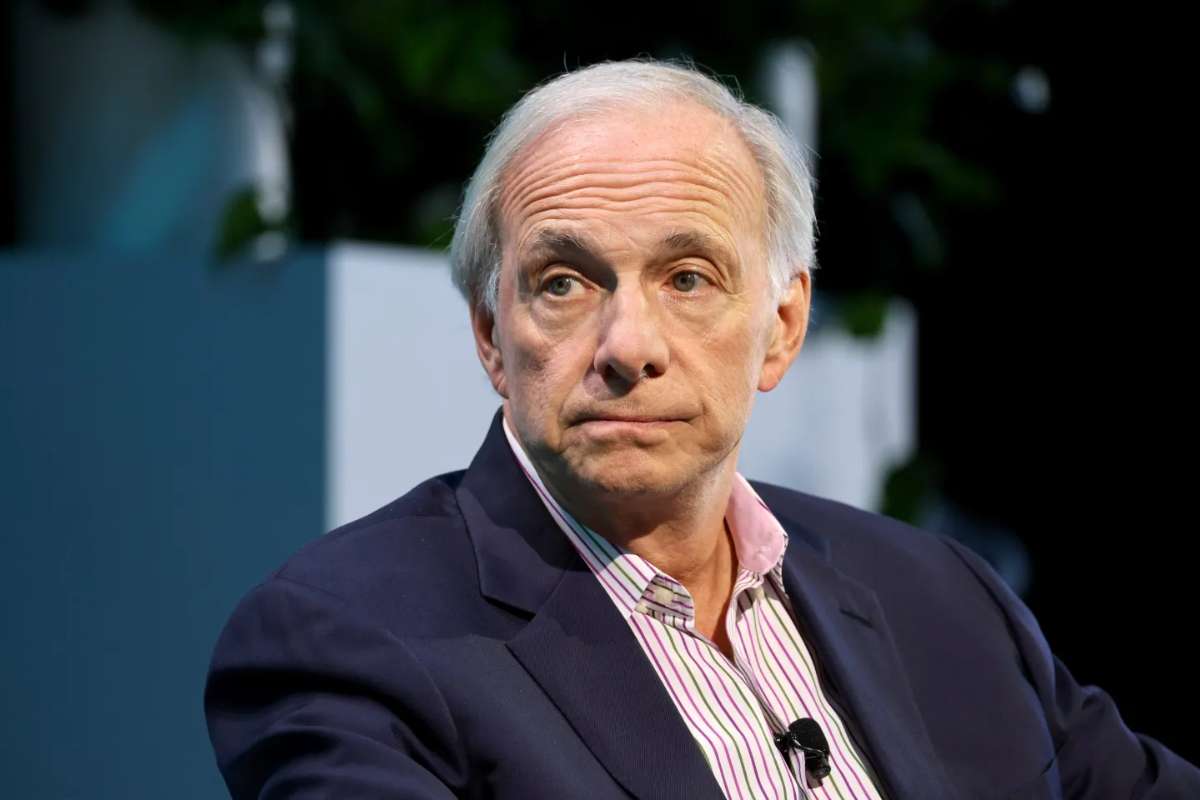The Consumer Financial Protection Bureau (CFPB) has unveiled a new rule aimed at limiting overdraft fees charged by banks. Announced on Thursday, the rule is projected to save American consumers $5 billion annually by significantly reducing these charges.
Overdraft Fee Changes
Under the new rule, banks have three options for handling overdraft fees. They can either cap the fee at $5 per overdraft — a dramatic reduction from the current average of $35 per transaction — limit the fee to cover the bank’s actual costs or charge any fee while disclosing the effective interest rate of the overdraft loan.
The Consumer Financial Protection Bureau (CFPB) emphasized that this rule aims to address what it considers an unfair exploitation of consumers. According to CFPB Director Rohit Chopra, banks have long taken advantage of a legal loophole that has allowed them to extract billions from consumers’ deposit accounts. The bureau is now working to eliminate excessive fees and require transparency about the actual cost of overdraft services.
Declining Industry Revenues
Overdraft fees have historically been a major source of revenue for banks, generating approximately $280 billion since 2000. However, in recent years, revenue from overdraft services has declined. Major banks such as JPMorgan Chase and Bank of America have voluntarily reduced overdraft fees or limited the types of transactions that trigger them. Some financial institutions have even eliminated these fees.
The CFPB’s new rule applies to banks and credit unions with assets of at least $10 billion. It is set to take effect on October 1, 2025, though its future remains uncertain due to ongoing legal challenges and political opposition.
Pushback from the Banking Industry
The banking industry has expressed strong opposition to the rule, claiming it could limit consumer access to overdraft services and drive people toward less favorable options, such as payday loans. Banking groups argue that the rule may have unintended consequences that ultimately harm consumers.
On Thursday, the Consumer Bankers Association (CBA) filed a lawsuit in Mississippi, challenging the CFPB’s authority to implement the rule. The lawsuit claims that the bureau exceeded its statutory limits and failed to adequately consider the rule’s impact on consumers. The legal action was filed in a jurisdiction perceived to be favorable to lawsuits against federal regulators.
The CBA’s president stated that the lawsuit was a necessary step to counter the CFPB’s overreach and protect consumers’ access to liquidity through overdraft services.
Political and Regulatory Uncertainty
The rule’s implementation may also face hurdles from political developments. The upcoming presidential election and potential changes in Consumer Financial Protection Bureau (CFPB) leadership could influence the rule’s future. A new CFPB head under a different administration may not support the Biden-era effort to regulate banking practices, leaving the rule’s enforcement in doubt.
The overdraft fee rule is part of a broader initiative by the CFPB to combat what it refers to as junk fees in the banking industry. This includes other measures, such as a proposed cap on credit card late fees, which has faced similar legal challenges and remains delayed in federal court.
Consumer Impact
The Consumer Financial Protection Bureau (CFPB) asserts that the rule will provide significant financial relief to millions of Americans who have been burdened by excessive overdraft fees. However, with opposition from the banking industry and legal challenges underway, its full impact remains uncertain. As the rule’s October 2025 implementation date approaches, its fate will likely depend on the outcome of ongoing lawsuits and the political landscape in Washington.











